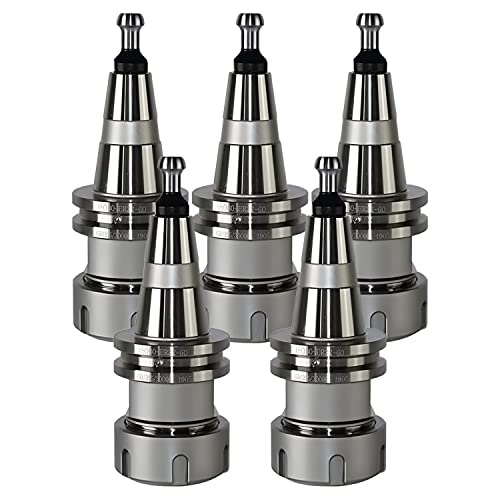xander janssen
Well-Known Member
- Joined
- Jan 5, 2012
- Messages
- 183
- Reaction score
- 236

I'm indeed aiming to get as close as possible to the look of the real one.Xander,
You've accomplished a lot in a year. You've definitely captured the style of the engine you are modeling. It looks nice.
Chuck












![DreamPlan Home Design and Landscaping Software Free for Windows [PC Download]](https://m.media-amazon.com/images/I/51kvZH2dVLL._SL500_.jpg)




Xander, It appears you soldered a plate to the big end of the rod before sawing in two?? Seems a great idea!!
Enter your email address to join: